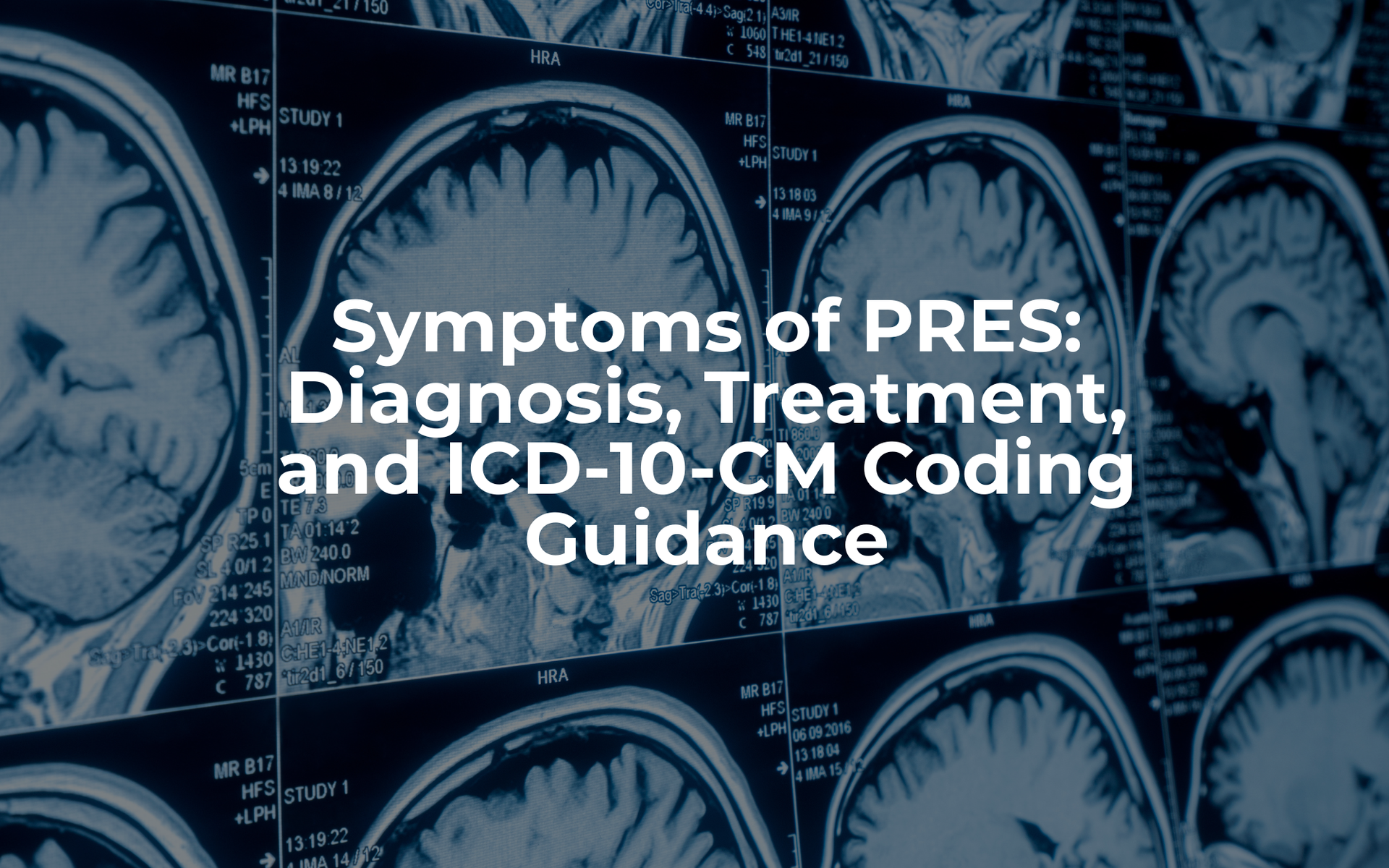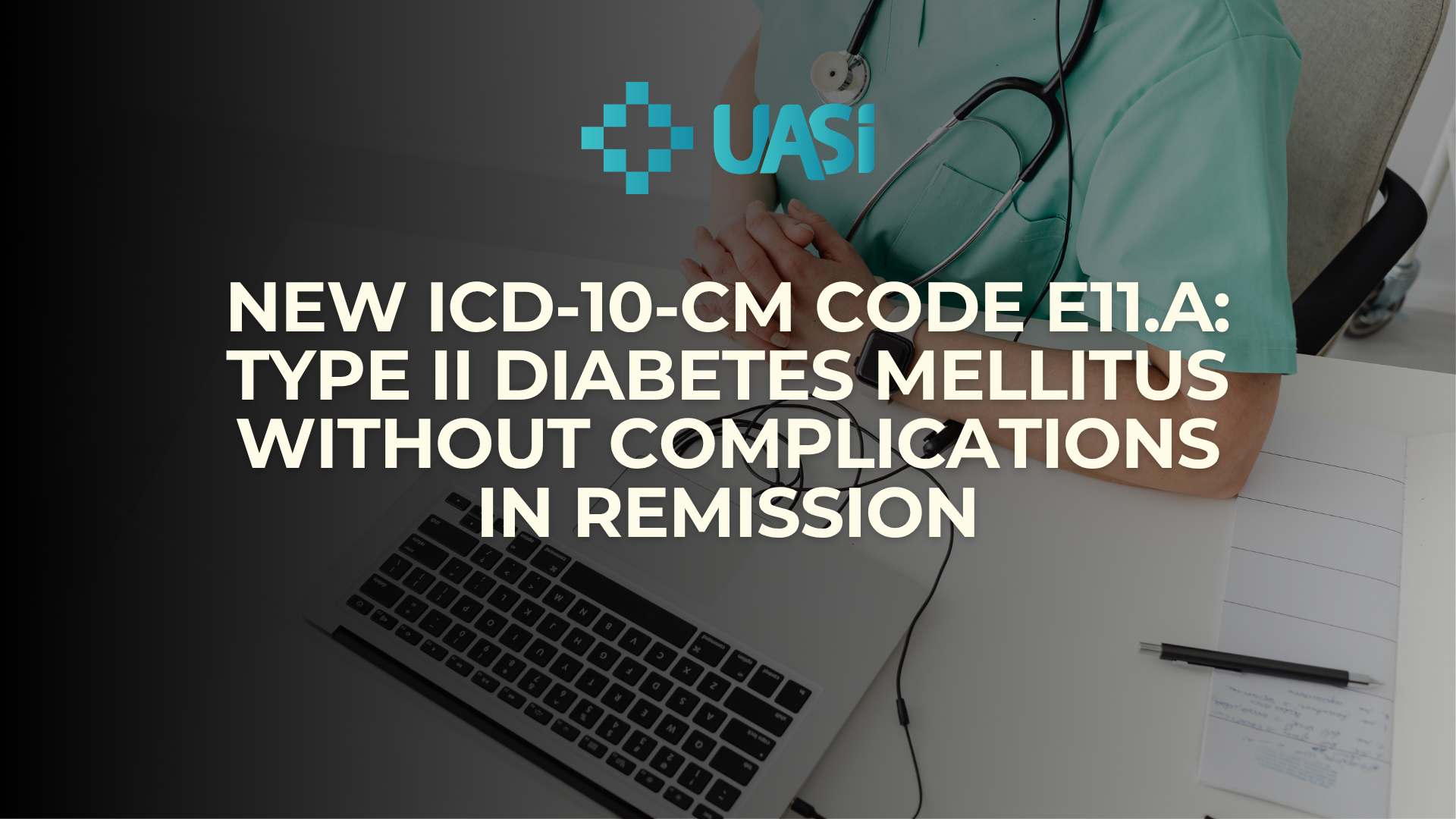June 23, 2025
Understanding the Financial Impact of APR DRGs vs MS DRGs in Pediatric Care
In the complex world of hospital reimbursement, the distinction between APR-DRGs and MS-DRGs can mean millions of dollars for healthcare organizations, particularly those serving pediatric populations. These two classification systems may appear similar at first glance, but their approach to severity adjustment creates significant variations in how patient cases are categorized and ultimately reimbursed. For children's hospitals and pediatric units, understanding these differences isn't just about coding accuracy—it's about financial survival in an era of tightening margins.
The Critical Differences Between APR DRGs and MS-DRGs
At their core, both APR DRGs (All Patient Refined Diagnosis-Related Groups) and MS-DRGs (Medicare Severity DRGs) serve the same fundamental purpose: to categorize hospital inpatient cases into groups that reflect similar clinical characteristics and resource utilization. However, the systems diverge sharply in how they account for patient severity. While MS-DRGs, used primarily by Medicare, employ a relatively simple three-tiered approach (no complications/comorbidities, with CCs, or with major CCs), APR DRGs introduce a more sophisticated four-level severity stratification (minor, moderate, major, and extreme) that also incorporates explicit risk of mortality measurements.
This distinction becomes particularly crucial in pediatric care, where patients often present with complex, chronic conditions that don't fit neatly into Medicare's primarily adult-focused severity framework. A premature neonate with bronchopulmonary dysplasia, congenital heart disease, and feeding difficulties might be classified as a straightforward case under MS-DRGs but would be recognized as an extreme severity case under APR DRGs, with reimbursement differences that can exceed 30-40% for the same hospitalization.
Why APR DRGs Matter for Pediatric Financial Viability
The enhanced sensitivity of APR DRGs to pediatric complexity explains why many state Medicaid programs and children's hospitals have adopted this system. Pediatric cases often involve multiple interacting factors, including chronic conditions, developmental delays, nutritional challenges, and social determinants of health, which collectively drive resource utilization but may be overlooked in simpler classification systems. APR DRGs' four-tier severity structure enables more nuanced categorization that better aligns with clinical reality.
Consider two hypothetical patients admitted for asthma exacerbation. Under MS-DRGs, both might be grouped similarly if they meet the MCC criteria. But APR DRGs would differentiate between a child with well-controlled intermittent asthma experiencing a first-time severe attack (likely moderate severity) versus a technology-dependent patient with severe persistent asthma, tracheostomy, and chronic respiratory failure (extreme seriousness). This granularity ensures hospitals caring for the most medically fragile children receive appropriate compensation for the intensive services these patients require.
The Documentation Imperative: How CDI Bridges the Gap
The financial implications of these classification differences make robust clinical documentation improvement (CDI) programs essential for pediatric providers. Effective CDI in the APR DRG environment requires moving beyond simple diagnosis capture to comprehensive illness characterization. Documentation must establish:
- The interplay between chronic conditions and acute presentations
- The cumulative impact of multiple comorbidities
- Precise severity assessments for each relevant condition
- Clear temporal relationships between conditions and treatments
For example, documenting "respiratory failure" generates some severity credit, but specifying "acute hypoxic respiratory failure secondary to viral pneumonia in a patient with underlying severe bronchopulmonary dysplasia and pulmonary hypertension" paints the complete clinical picture needed for accurate APR DRG assignment. This level of detail doesn't happen by accident - it requires intentional collaboration among clinicians, CDI specialists, and coders.
Strategies for Success in an APR DRG World
Leading pediatric health systems have developed several best practices to optimize APR DRG performance:
- Condition-Specific Documentation Frameworks: Creating structured templates for common pediatric scenarios (extreme prematurity, complex chronic disease exacerbations, etc.) that prompt clinicians to address all relevant severity factors.
- Real-Time Physician Education: Embedding CDI specialists in clinical units to provide just-in-time feedback on documentation gaps as cases evolve.
- Enhanced Query Processes: Moving beyond yes/no queries to structured inquiries that help physicians articulate clinical complexity in reimbursement-relevant terms.
- Longitudinal Condition Management: Ensuring chronic disease registries and problem lists are accurate and updated at each encounter to support severity capture.
- Coder-Clinician Rounding: Facilitating direct communication between coding professionals and care teams to resolve ambiguities while clinical details remain fresh.
The Bottom Line: Documentation as a Financial Lifeline
For pediatric providers, particularly those relying on Medicaid reimbursement, mastering APR-DRG documentation isn't optional - it's a financial imperative. In an analysis of one children's hospital's case mix, transitioning from MS-DRG to APR-DRG classification increased average reimbursement by 22% for medically complex patients, directly attributable to more accurate severity capture. As payment models continue evolving toward greater risk adjustment, the ability to thoroughly document and code patient complexity will increasingly determine which pediatric programs can sustain the specialized services their patients need.
The path forward requires breaking down traditional silos between clinical care and revenue cycle functions. When physicians understand how their documentation translates into resources for their programs, when CDI specialists speak the language of clinical care, and when coders have access to complete clinical pictures, everyone wins - especially the vulnerable pediatric patients whose care depends on these systems working seamlessly together.
Leah Jeffries, RHIT, CDIP, CCS, CCS-P
Managing Consultant, Strategy at UASI















